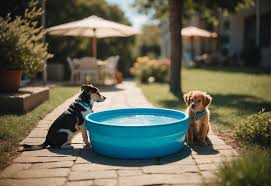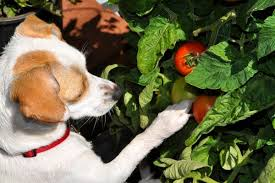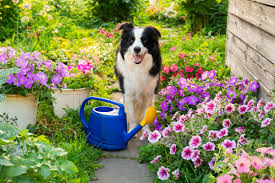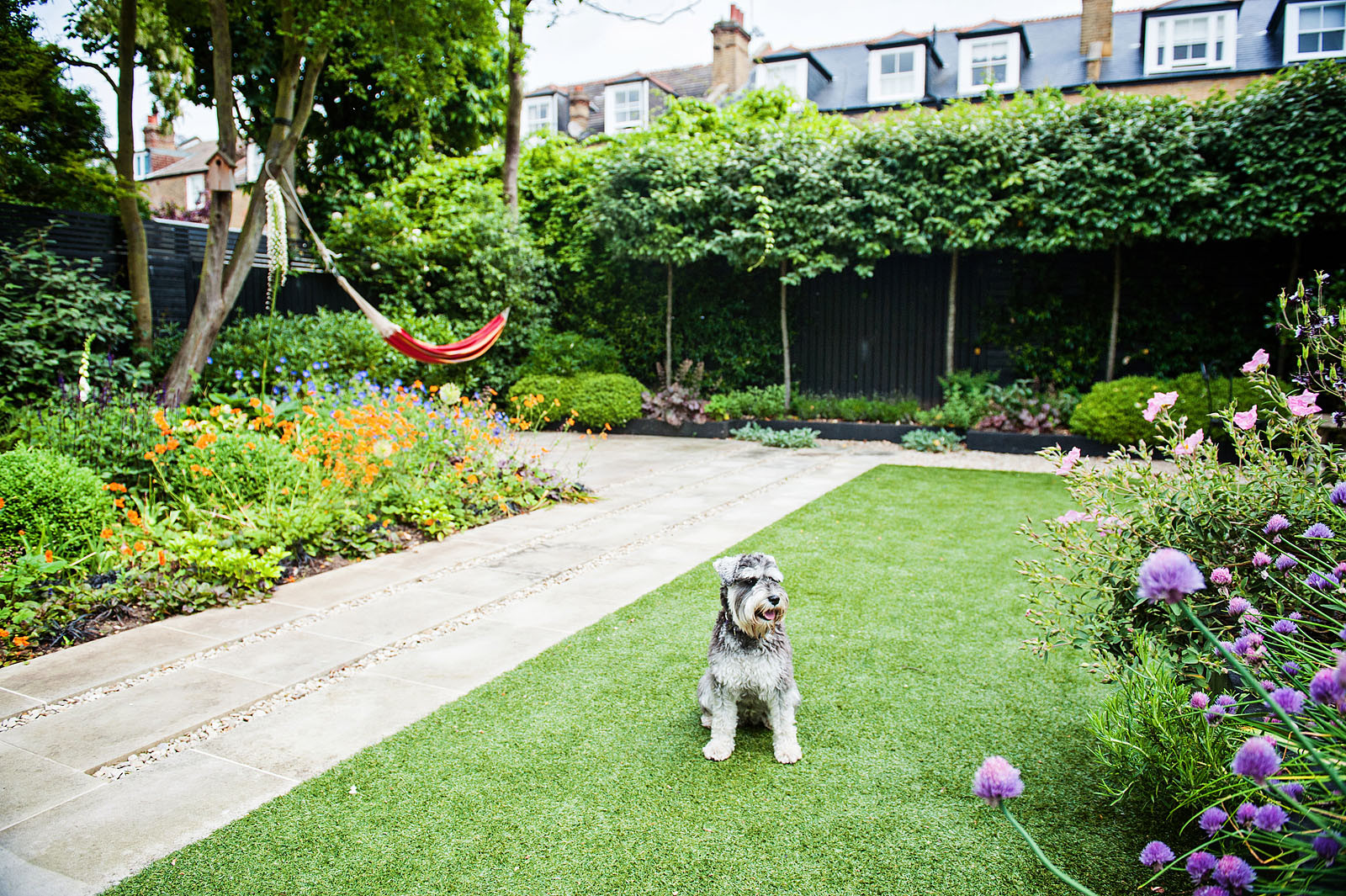A dog-friendly garden is a space where both you and your furry friend can enjoy the outdoors safely. As a proud dog owner, I’ve learned the importance of creating a space that is not only fun but also safe for your dog. Here are some essential tips for transforming your garden into a pet-friendly haven, while keeping it intact and enjoyable for both you and your dog.
1. Safety First
Your dog’s safety should always be your top priority. Make sure your garden has shaded areas to protect your dog from overheating, especially during warmer weather. A dry spot is equally important for damp days, ensuring your dog stays comfortable no matter the conditions. Additionally, any sharp edges or dangerous objects should be covered or removed to prevent injury.
A secure garden boundary is also essential. Depending on your dog’s size and jumping abilities, you’ll need to ensure the fence is high enough to keep them safely within the yard. Dogs with high energy or curiosity may try to escape, so providing them with entertainment—such as toys, chews, or bones—can reduce the likelihood of them escaping in search of something to do.

When mowing the lawn or trimming hedges, keep your dog away from the area. Flying debris from lawnmowers and trimmers can harm your dog, so it’s best to have them either inside or in a different part of the garden while you work.
2. No-Dog Zones
Establishing “no-dog” zones in your garden can save you from the frustration of finding your dog nibbling on plants or digging up your hard work. Raised garden beds can be an effective way to define areas where your dog isn’t allowed. If you don’t have raised beds, a simple low fence can help, though your dog may still try to jump over it.
To protect delicate areas like vegetable gardens or greenhouses, consider setting up barriers. I’ve found that a knee-high fence around my vegetable patch is enough to deter my dog, Bracken, from stealing produce. For more tempting areas like my fruit cage, which Bracken loves to sunbathe in, I built a separate enclosure to keep him out, ensuring my crops are safe.

3. Keeping Your Dog Occupied
A tired dog is a happy dog, so making sure your dog is entertained is key to a harmonious garden experience. Some dogs, especially active breeds like terriers or collies, need frequent breaks for play. Providing a designated area for your dog to chase tennis balls or tug on a rope can keep them busy while you work. Choose lightweight toys that are safe for your garden, as they’re less likely to damage plants or other structures.
If your dog loves to dig, you can turn this behavior into a positive by designating a spot for digging. Consider setting up a sandpit or an area of loose soil where your dog can dig to their heart’s content without ruining your garden.
4. Dog-Friendly Plants and Foods
While gardening, be mindful of plants that can be harmful to dogs. Some common garden plants, like daffodils, Bergenia, and yew, are toxic to dogs if ingested. It’s crucial to research the plants in your garden and ensure they’re safe for pets.
On the other hand, many fruits and vegetables that grow in your garden can be a healthy snack for your dog in moderation. Peas, carrots, and apples are examples of dog-safe foods that can be shared. However, always be cautious and check which plants are safe before allowing your dog to nibble on anything from the garden. The UK Dogs’ Trust, for example, provides a helpful list of plants to avoid.

5. Share Your Tips
A garden that’s both fun for your dog and functional for you can take some time and planning to create. But the effort is worth it when you have a safe, enjoyable space to share with your pet. If you have any great tips or tricks for keeping your plants safe from curious dogs, feel free to share them in the comments below!
Creating a dog-friendly garden is about balancing safety, fun, and practicality. With the right precautions and a little creativity, your garden can become a wonderful retreat for both you and your canine companion.
